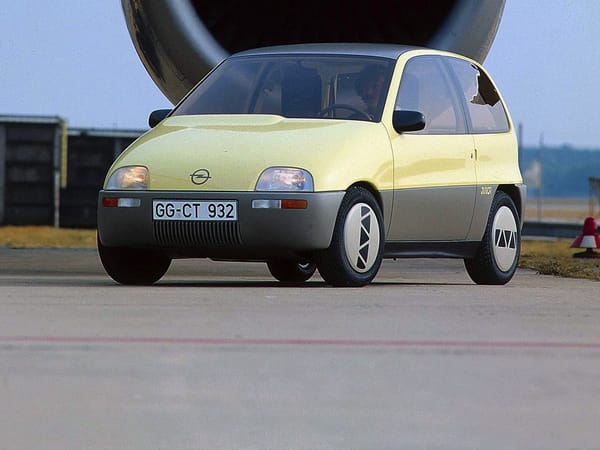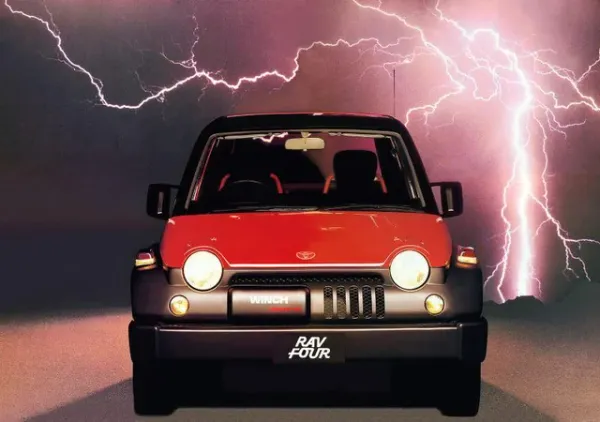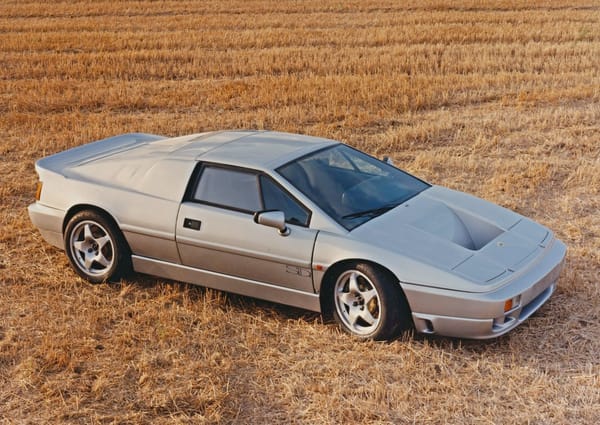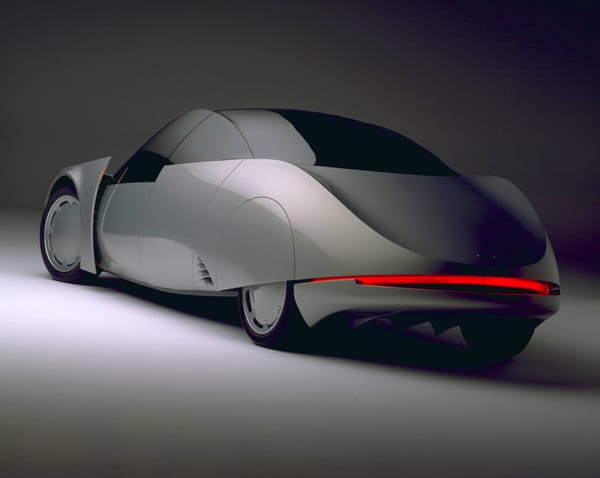BMW Just 4/2
Car of the Day #66: BMW Just 4/2
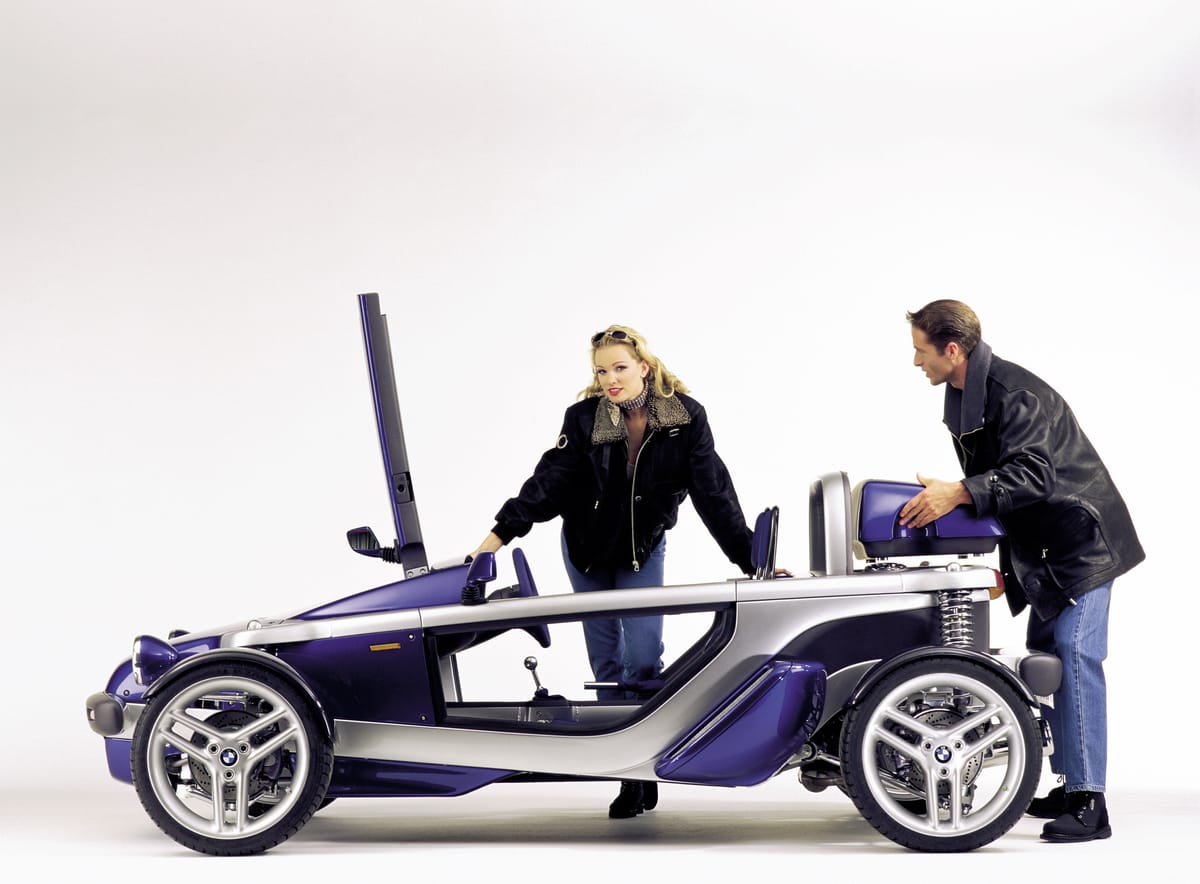
If you're running a car company, you've got to find ways of keeping a few of your best and brightest designers, engineers, and other staff focused on where the car market might be.
Maybe not where it might be today, or tomorrow, but off in the future. It's an essential exercise in order to stay in step with how the car market may change.
Honda, for instance, would cycle some engineers through its race programs in order for them to become better engineers. General Motors, Ford, and others all have secret "skunkworks" for cobbling together new prototypes.
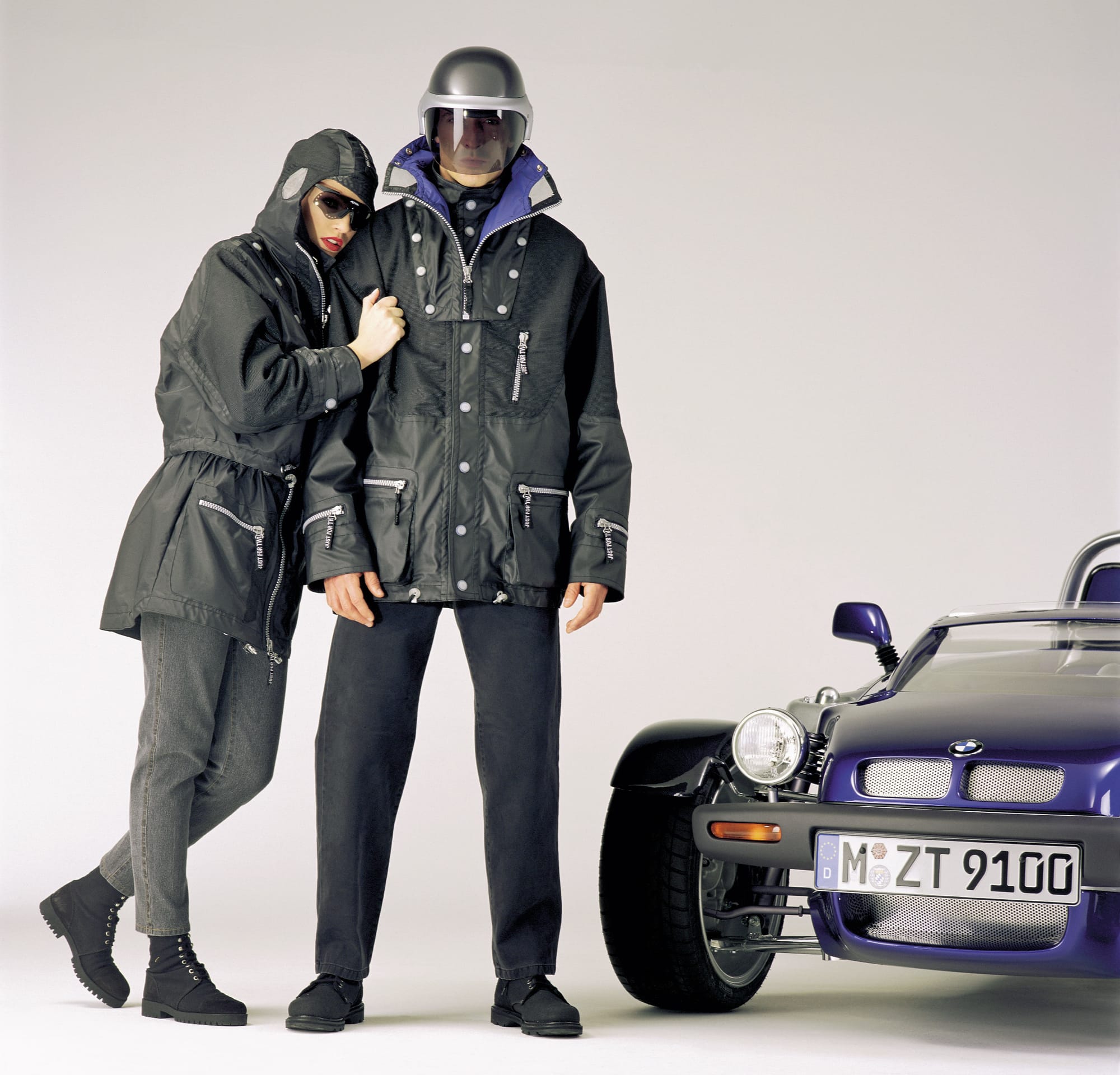
For more than 25 years, BMW's experimental arm has been its (Forschung und) Technik GmbH research division. It once made a rear-engined, 7 Series with a 16-cylinder engine, Projekt Goldfisch, which sounds nefarious enough for Mi5 intervention.
Tasked with creating new types of vehicles and bringing them to concept or prototype form, one of the Technik division's first projects was a small roadster with retractable doors, entering production as the Z1.
From electric city cars (E1) to so-called off-road roadsters (Z18), projects ranged from feasible to whimsical — but at least BMW made the effort to ensure they were running, driving prototypes.
Just 4/2 was, as you can guess, a design based on the idea of driving pleasure. German designer Robert Powell lead the project, known internally as the Z21.
A former Porsche designer, he was responsible for a number of things, from the interior of the 959 to the world famous Rothmans livery as seen on the Dakar 959 and 962 race cars. Stay tuned until the end for more on this.
Moving to BMW's Technik division, Powell was responsible for the earlier Z13 concept, a city car with a mid-engined design, 1+2 seating (like the McLaren F1), with power provided by the firm's K1100 1,000-cc motorcycle motor. Yes, I have written about it.
For the Just 4/2, things would be much more simple: a rear-mounted BMW K-Series motorcycle engine with 100 horsepower, a curb weight of 535 kg (1,180 lbs), and open bodywork (all of this two years before the first student sketches of what would eventually become the Ariel Atom).
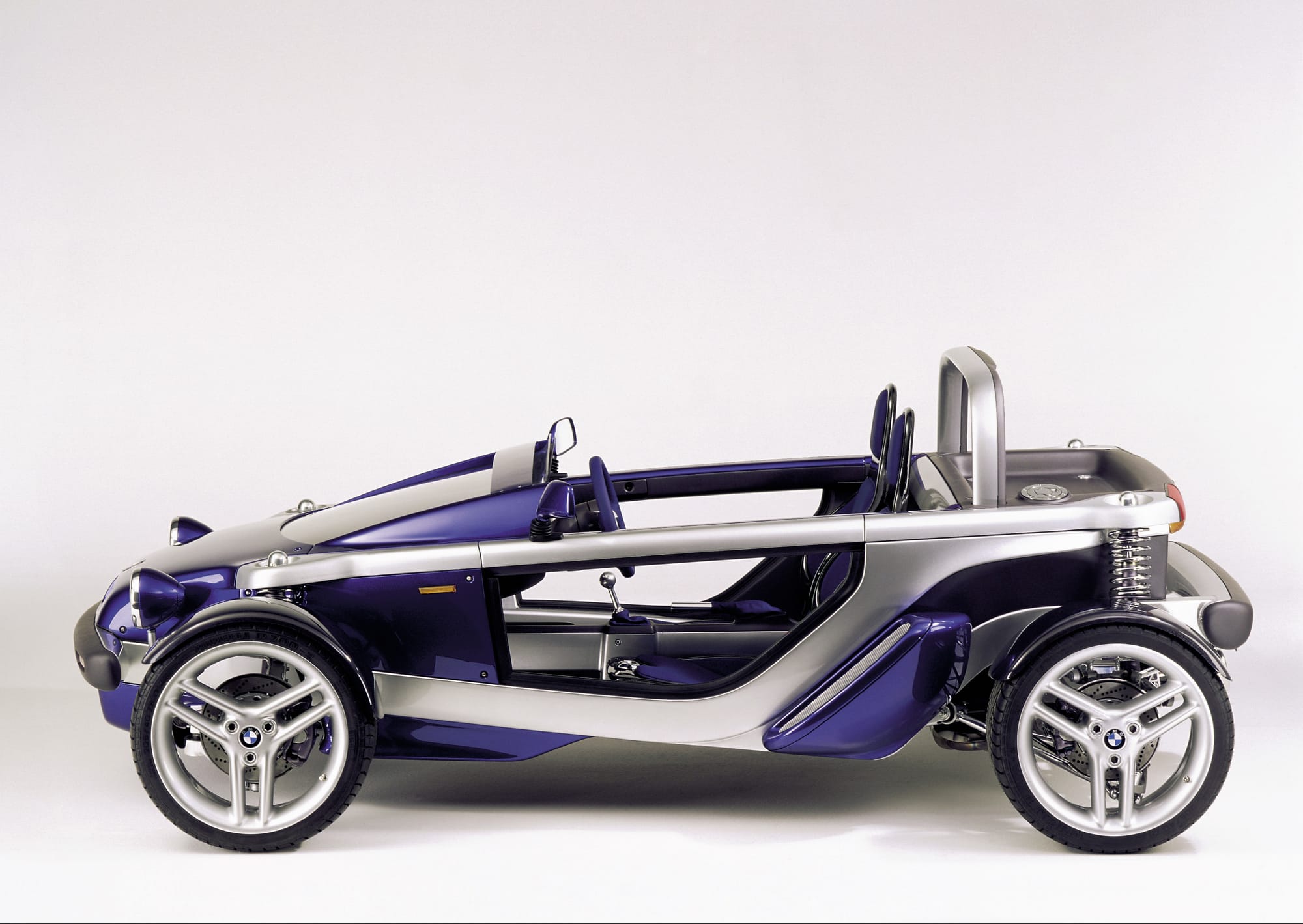

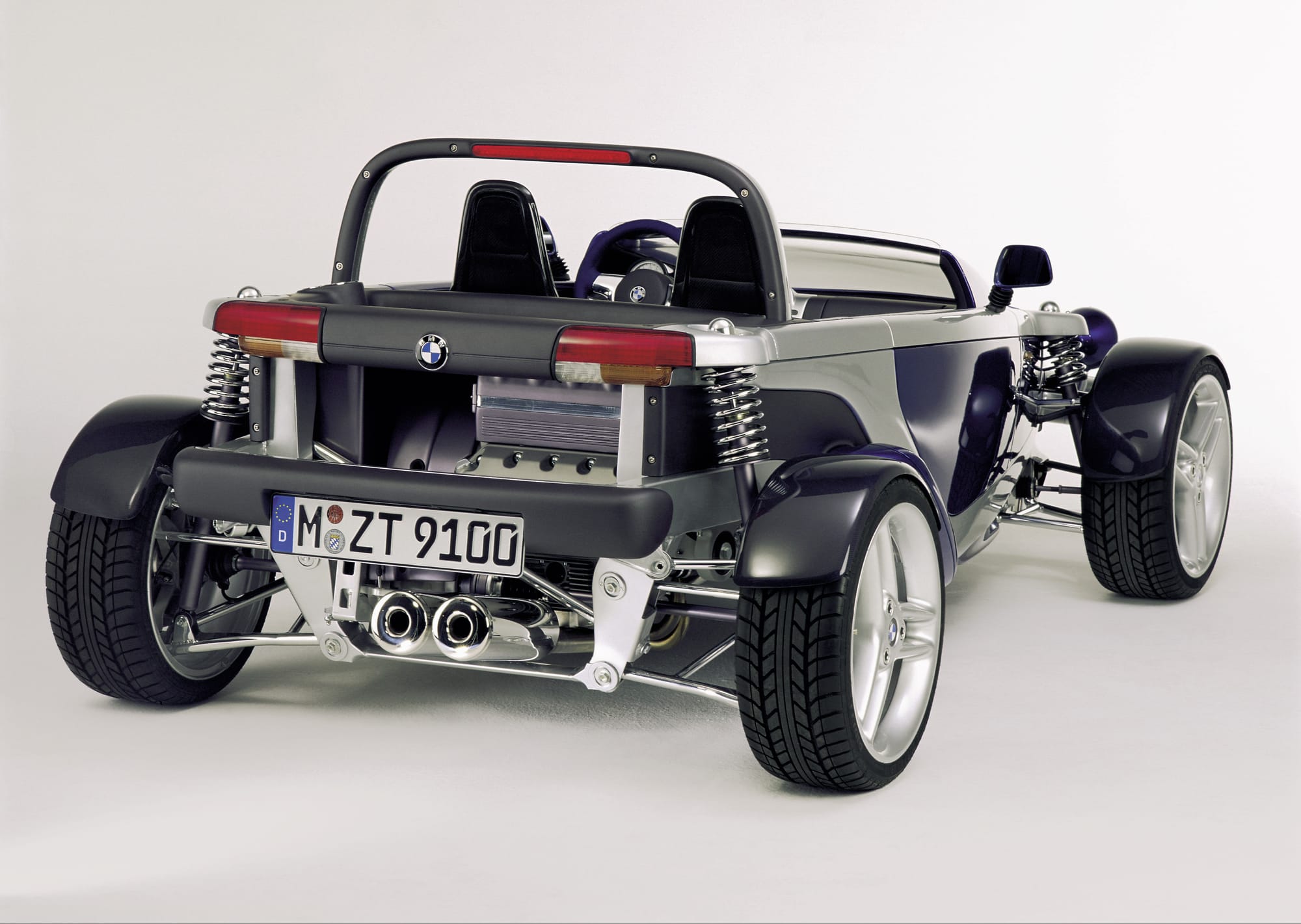
BMW Just 4/2 • via BMW
Outwardly, Just 4/2 and Atom are very similar designs, with the Just 4/2 taking less of a hardcore track-day focus; it's believed to have a sporty road-going temperament closer to a Polaris Slingshot three-wheeler, or the long-lived but obscure family tree of three-wheeled Campagna T-Rex cars.
Zero to 100 km/h (62 mph) for the Just 4/2 was dispatched in around six seconds, with a top speed of 195 km/h (120 mph); quick enough to keep up with a Morgan.
Powell has a design consultancy, and as part of his website has (thankfully) provided many details on the car's development. One of my favourite anecdotes is how the managing director of the ZT division (the internal code for BMW Technik) at the time was Dr. Mario Theissen, who would later become the boss of BMW Motorsport. (And the team principal of BMW Sauber!)
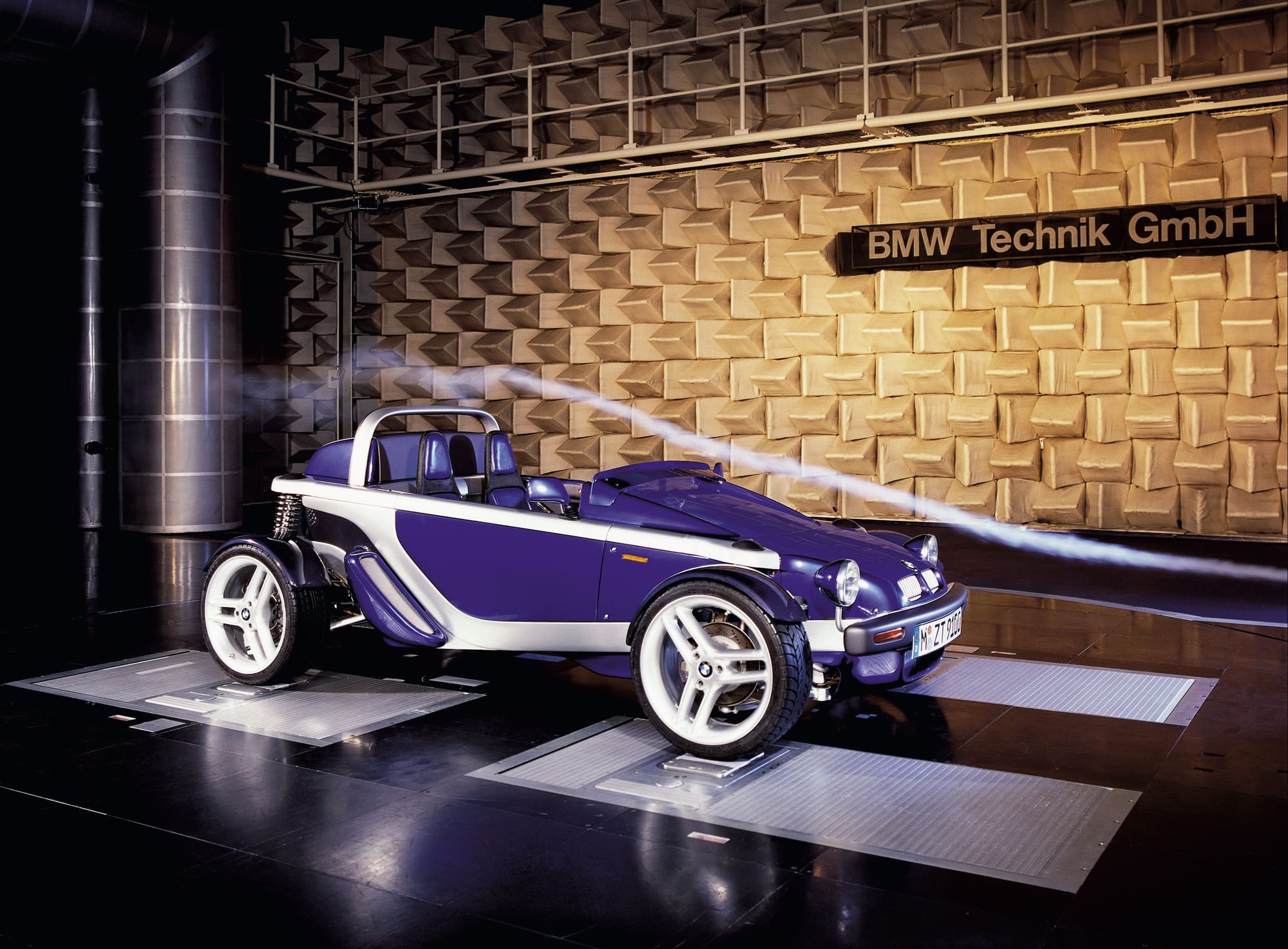
For the most part you can work out the design brief: a frame of aluminum extrusions, front and rear suspension points mounted to it (with the springs elegantly perched under the same swath of frame); carbon fibre body panels, waterproof interior, simple dashboard…
…the car was made to drive. That doesn't mean there weren't a few concept car tricks: pedals to lower the scissor doors, a matching clothing line, and a detachable carbon fibre trunk.
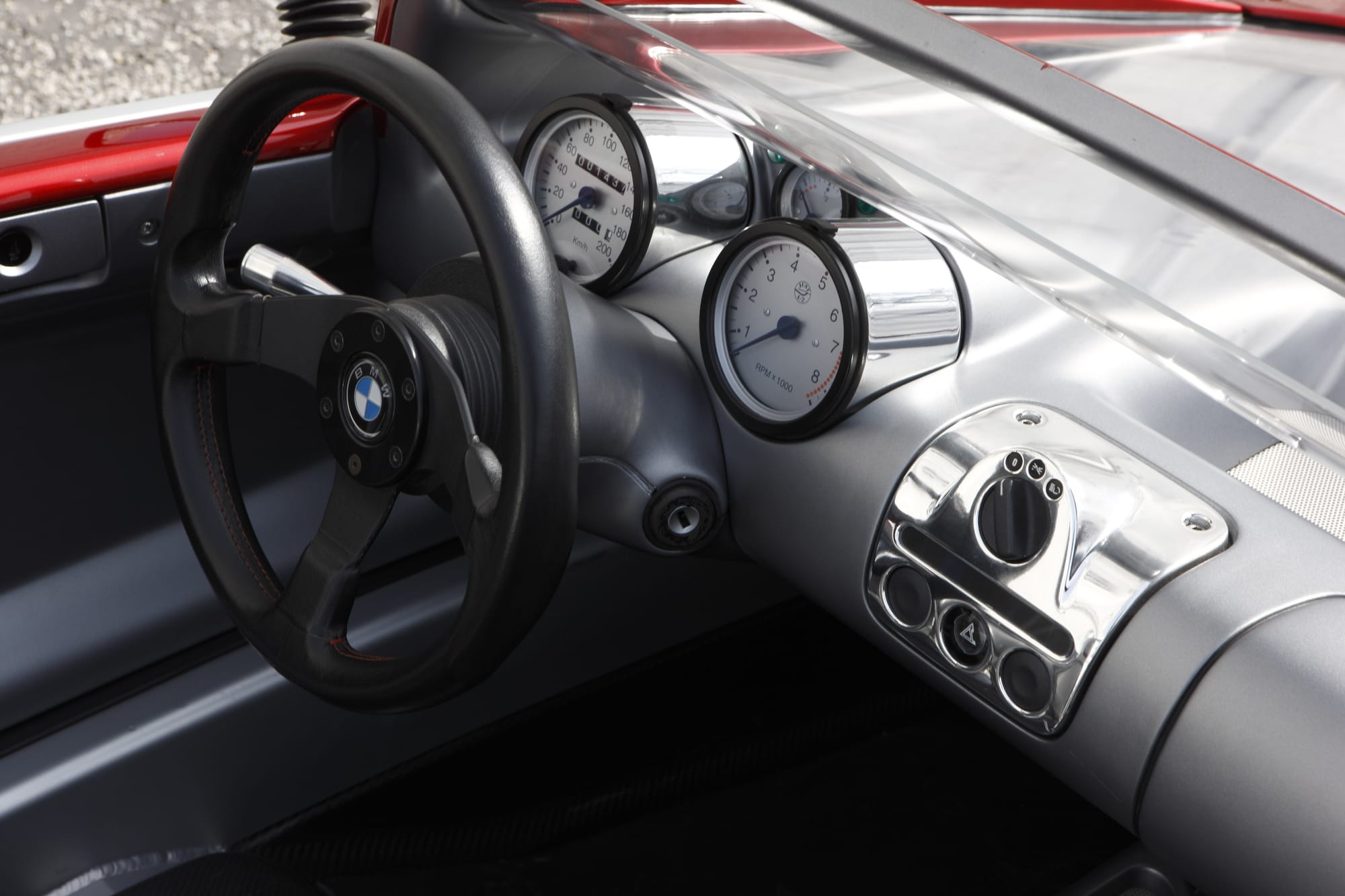
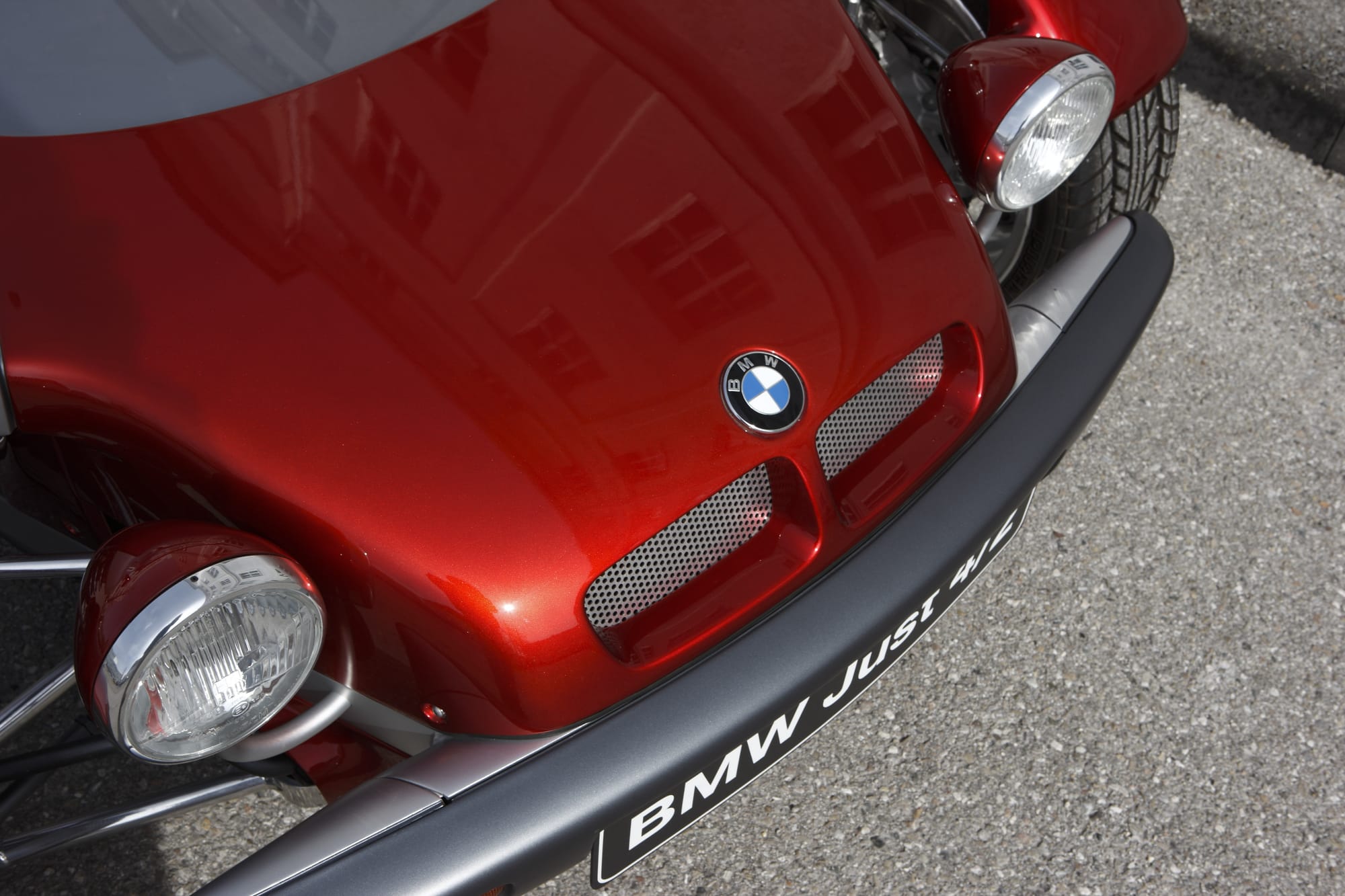
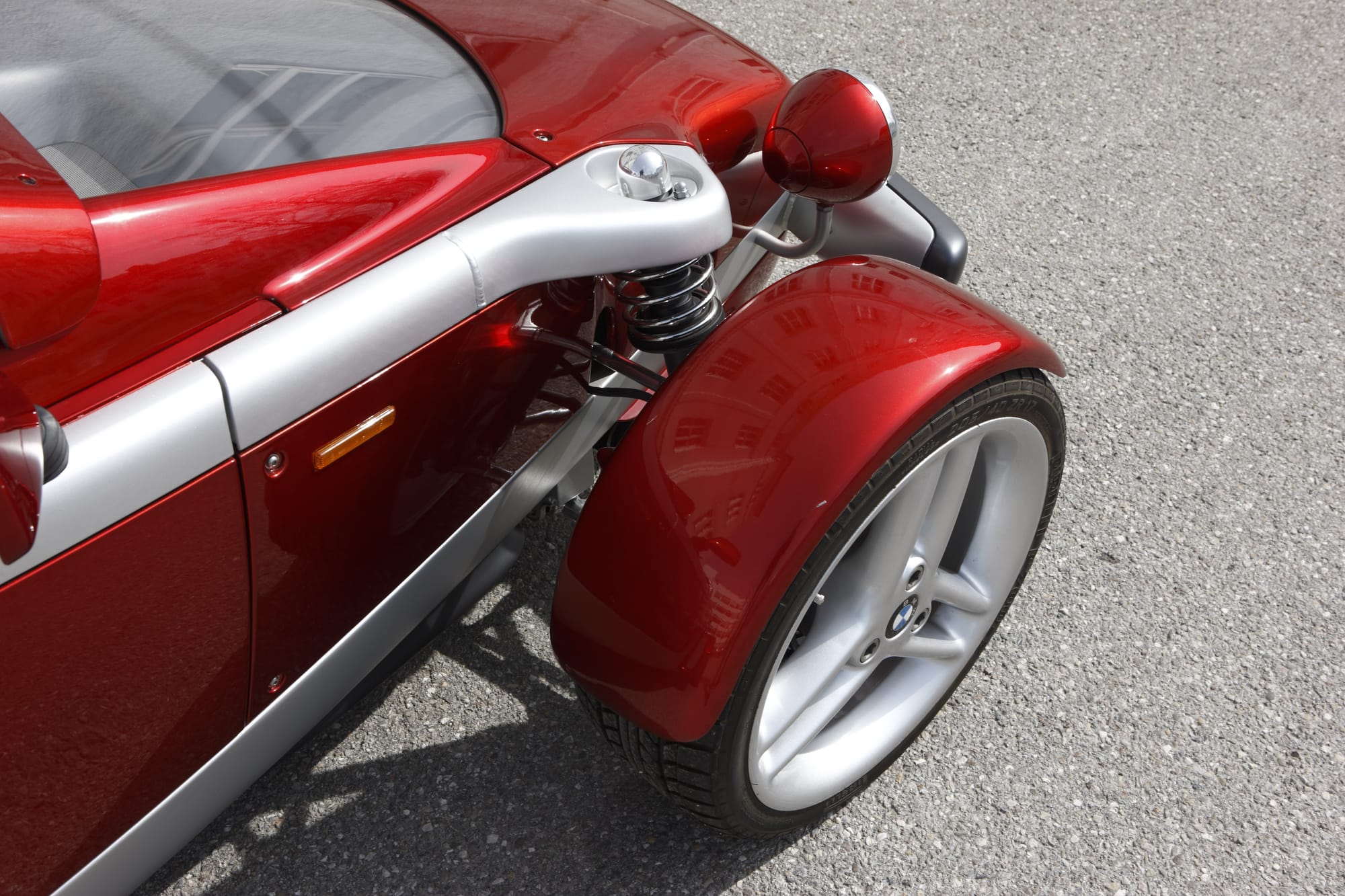
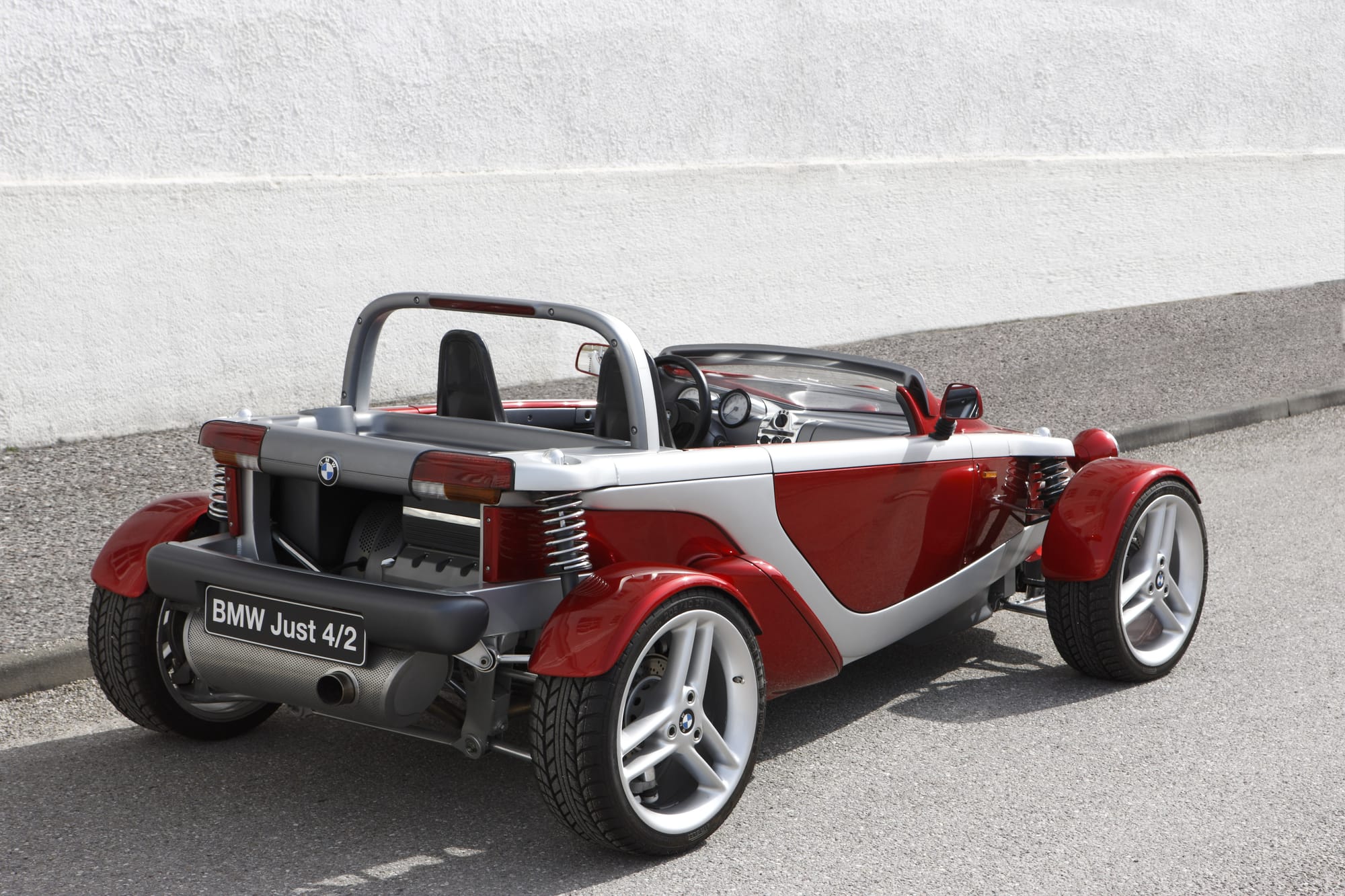

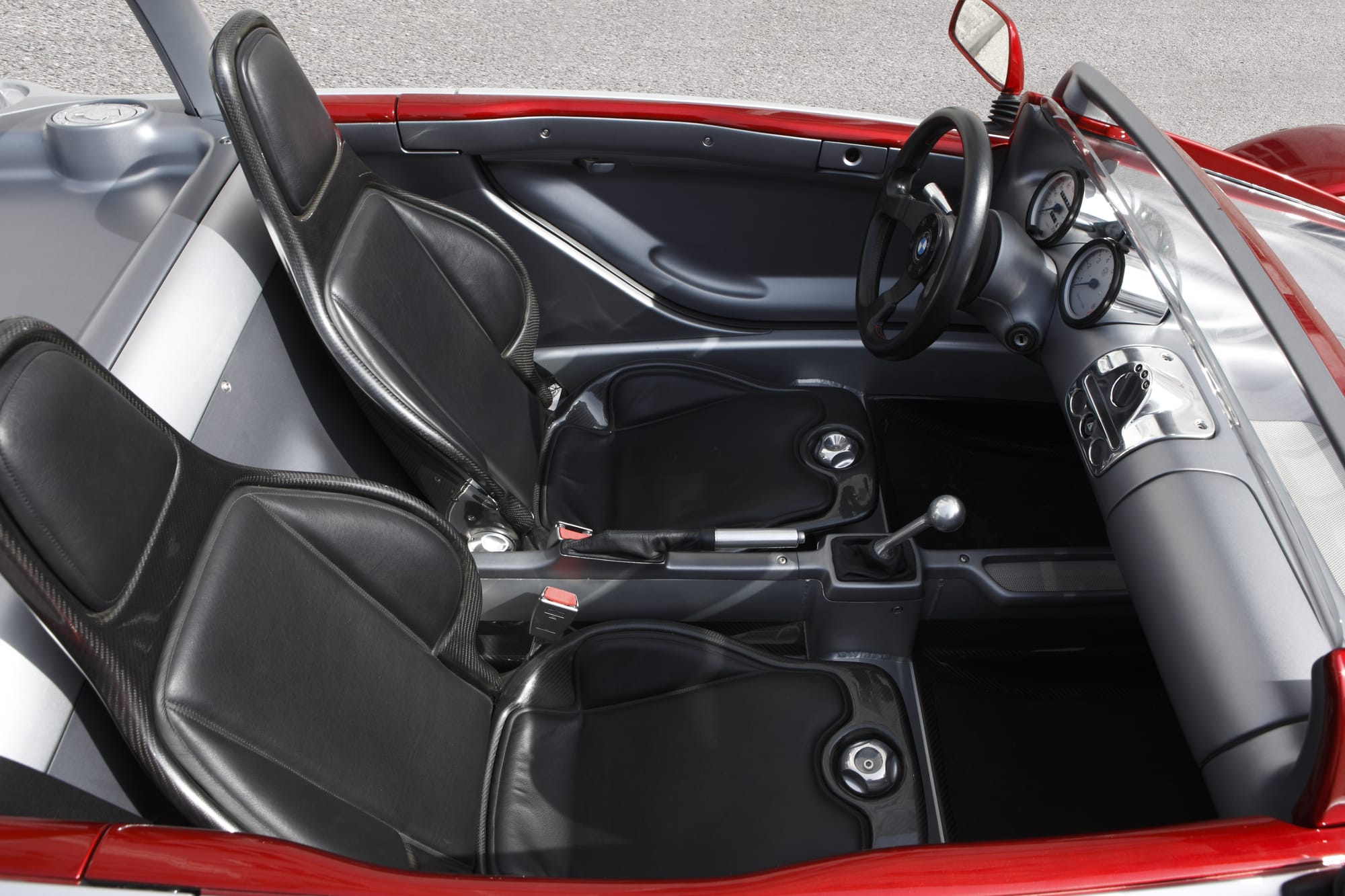
Of course, the Just 4/2 never entered production, despite the Technik team's best efforts. Its first and last major public auto show appearance was the 1995 Tokyo Motor Show, where the car attracted the attention of Masako, Crown Princess of Japan — now Masako, Empress of Japan.
The once-princess sat in the car and said: “I think you will need an umbrella with this car.”


High praise and an astute observation, if you ask me, given that this is a real photo of another open-topped sporting car, this time from Ferrari, that literally made the news in Taiwan and on Reddit last year (above).
As we know, BMW went in a completely different direction from the Just 4/2, instead veering toward iDrive, SAVs, charging a monthly subscription for features already built into its products, and the stewardship of Rolls-Royce.
The smallest-in-image M brand? Simply switching its wordmark to ALLCAPS has cost us untold liters of wasted printer ink.
I now think of BMW, MINI, and Rolls-Royce less as car companies moving the industry forward for all, and more as a voluntary luxury tax where clients able to make the monthly payment get a Happy Shiny Thing, the BMW Group earns profit, and talented workers earn a living while having their best efforts quashed by boardroom every few quarters and locked under IP law until the end of time.
Here's the thing: reduced to its iconographic essence, a propeller is an umbrella.
The desire to lean into a heritage of warmongering aviation, luxurious products, and tackling sky-high engineering challenges is a choice BMW Group continues to make.
Just as it chooses not to create minimum viable products, the basics: the umbrellas with four wheels.
Cars like the Just 4/2 have been left to small, independent manufacturers who love the idea enough to bet it all on their own interpretation of this theme — hoping they won’t end up stalled with the skeleton of a car, underwater, sinking like so many small manufacturers do.
Could BMW rip off the veneers and ever get back to this level of well-engineered simplicity? Unfortunately, as history has shown us, only if it has to.

SUPPORTING MEMBERS
Thank you to my supporting members: Ben B., Brad B., Chris G., Daniel G., Damian S., Daniel P., Ingrid P., Karl D., Luis O., Michael J., Michael L., Michelle S., Mike B., Mike L., Mike M., Richard W., Sam L., Wiley H.


